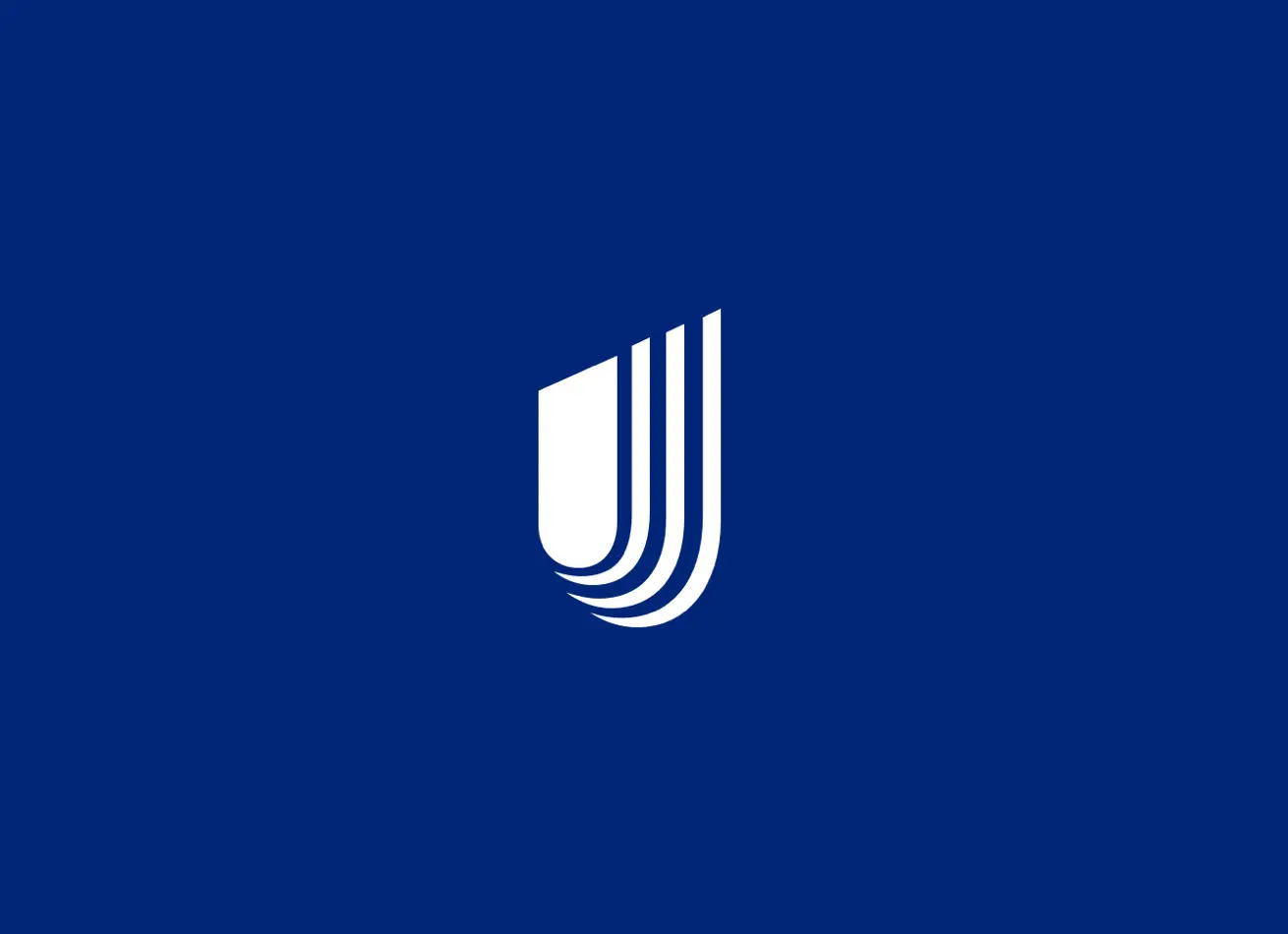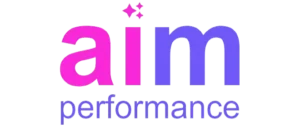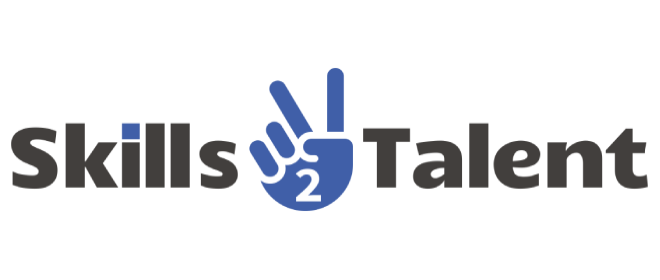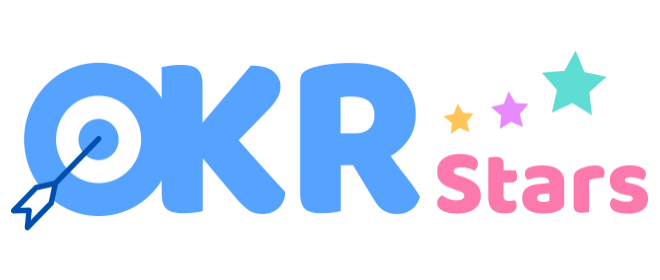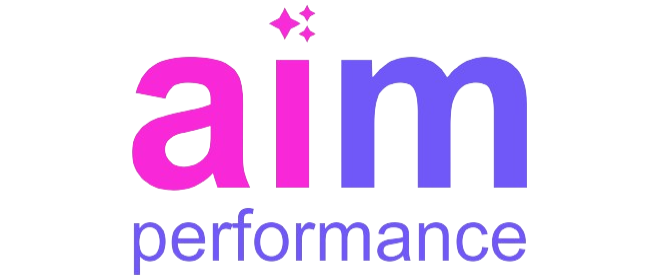Introduction: A Unified Approach to Diverse Workforce Management
Performance management is a crucial element in ensuring organizational success. It bridges the gap between the workforce’s diverse roles, from white-collar professionals to grey-collar technical workforce and blue-collar labourers. In this blog post, we will explore how PMS aids in workflow appraisal across these distinct categories of employees, fostering productivity and growth.
Understanding Performance Management in Modern Workplaces
Performance management is more than just annual reviews. It is an ongoing process that involves setting goals, continuous feedback, and regular appraisals. For white-collar employees, this might involve project milestones and innovation metrics. For grey-collar workers, it could be technical proficiency and task completion rates. For blue-collar employees, performance metrics might include productivity and safety adherence.
By tailoring performance strategies to the specific needs of each workforce segment, organizations can ensure that all employees are aligned with company goals and are continuously improving.
Enhancing White Collar Workflow Through Performance Management
White-collar employees often engage in strategic and analytical tasks. Performance management for these workers focuses on enhancing creativity, innovation, and decision-making abilities. Regular appraisals and feedback sessions help in identifying strengths and areas for improvement, fostering a culture of continuous learning and development.
Moreover, performance systems can track project progress and individual contributions, ensuring that white-collar employees are recognized for their achievements and are motivated to excel further.
Optimizing Grey Collar Efficiency with Targeted Appraisals
Grey-collar workforce, who often have a mix of technical and administrative responsibilities, benefit from performance management through clear goal-setting and skill assessments. Workflow appraisal for this group focuses on improving technical skills, ensuring compliance with standards, and enhancing problem-solving capabilities.
By providing regular feedback and development opportunities, performance reviews help grey-collar employees stay updated with the latest industry practices and technologies, thereby improving overall efficiency and job satisfaction.
Boosting Blue Collar Productivity with Structured Performance Management
For blue-collar workforce, performance management is vital in maintaining high productivity and safety standards. Workflow appraisals in this segment often involve assessing physical output, adherence to safety protocols, and teamwork.
Structured performance reviews can help blue-collar employees understand their performance metrics clearly, receive timely feedback, and access training programs that enhance their skills and safety awareness, leading to a more productive and secure working environment.
Implementing Comprehensive Performance Metrics
A successful performance system integrates various metrics that cater to the diverse roles within the organization. For white-collar employees, metrics might include project completion rates, quality of work, and innovation indexes. For grey-collar workforce, efficiency, technical skill levels, and compliance rates are crucial. For blue-collar employees, productivity, safety records, and teamwork are key performance indicators.
By implementing a comprehensive set of metrics, organizations can ensure that all employees, regardless of their role, are evaluated fairly and consistently.
Leveraging Technology for Effective Performance Management
Technology plays a significant role in modern performance management. Advanced software solutions can track employee performance, provide real-time feedback, and generate detailed reports that help managers make informed decisions.
For white-collar workforce, project management tools and performance analytics software are essential. Grey-collar employees benefit from technical assessment tools and compliance tracking systems. Blue-collar workforce can use productivity tracking apps and safety management software to enhance their performance and adhere to organizational standards.
Fostering a Culture of Continuous Improvement
Performance management is not just about appraisals and feedback; it’s about fostering a culture of continuous improvement. For white-collar employees, this involves encouraging innovation and professional development. Grey-collar workforce benefit from ongoing technical training and upskilling opportunities. Blue-collar employees see improvements through regular safety drills and productivity enhancement programs.
A culture of continuous improvement ensures that all employees are motivated to achieve their best, contributing to the organization’s overall success.
Aligning Organizational Goals with Employee Performance
One of the primary benefits of performance management is aligning individual employee goals with the organization’s objectives. For white-collar employees, this might mean aligning project goals with strategic business aims. For grey-collar workforce, technical projects and compliance targets are aligned with operational goals. For blue-collar employees, productivity targets and safety standards are linked with overall organizational performance.
By ensuring that all employees understand how their roles contribute to the bigger picture, performance management fosters a sense of purpose and alignment within the organization.
Conclusion: The Path to a Cohesive and Productive Workforce
In conclusion, performance management plays a pivotal role in enhancing workflow appraisal for white-collar, grey-collar, and blue-collar employees. By implementing tailored strategies, leveraging technology, and fostering a culture of continuous improvement, organizations can ensure that all employees are motivated, productive, and aligned with the company’s goals.
Performance management not only helps in identifying and developing individual strengths but also in creating a cohesive and productive workforce that drives organizational success.



